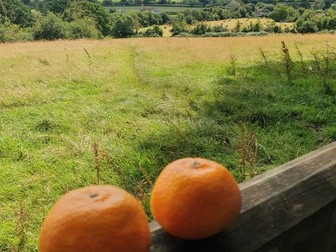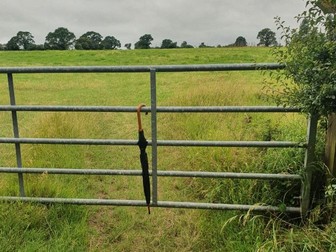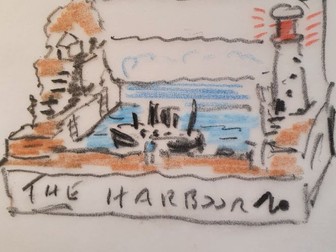
Inspire them with sunshine - creative writing-age 14
Inspire them with sunshine.
In this creative writing activity you prepare your students to write a description of sunshine using six phases.
Phase one : create a particular scene in their minds.
“Imagine a lake one sunny morning, surrounded by trees with the breeze gently rippling the surface of the water. Then focus your description on the effects of the sunshine as it sparkles on the water.”
Phase two: ask them to write out that scene adding details and development from their own imaginations.
Phase three: show them and read them the worked up example to inspire. (“Sunshine on the Water” – below)
Phase four: ask them to think of another scene where the focus of the description is the sunshine and to write it out.
Phase five: ask students to read out their work and discuss. What particular parts where particularly good? What particular parts could be enhanced? How might they be enhanced?
Phase six: encourage them to rewrite their work to improve it.




